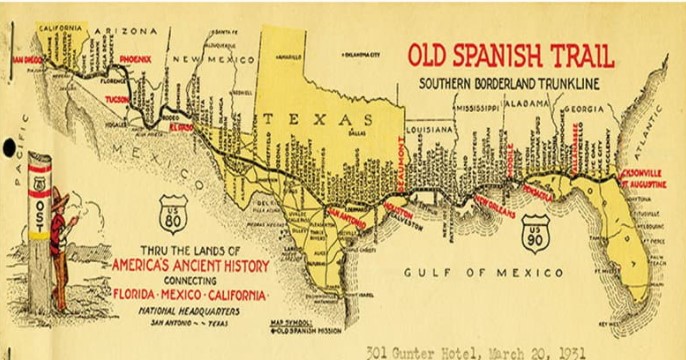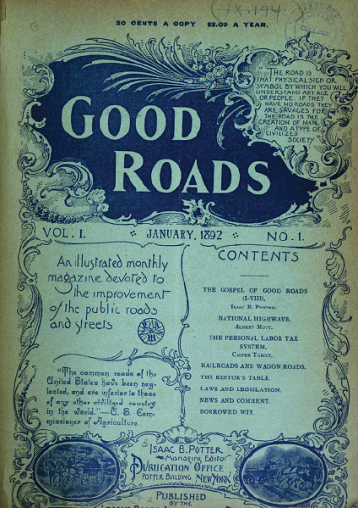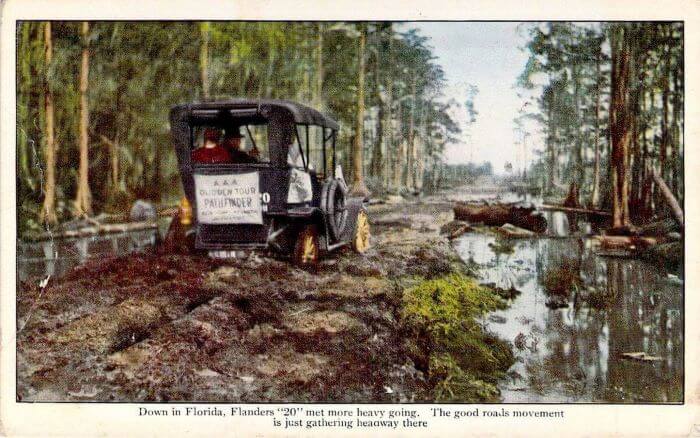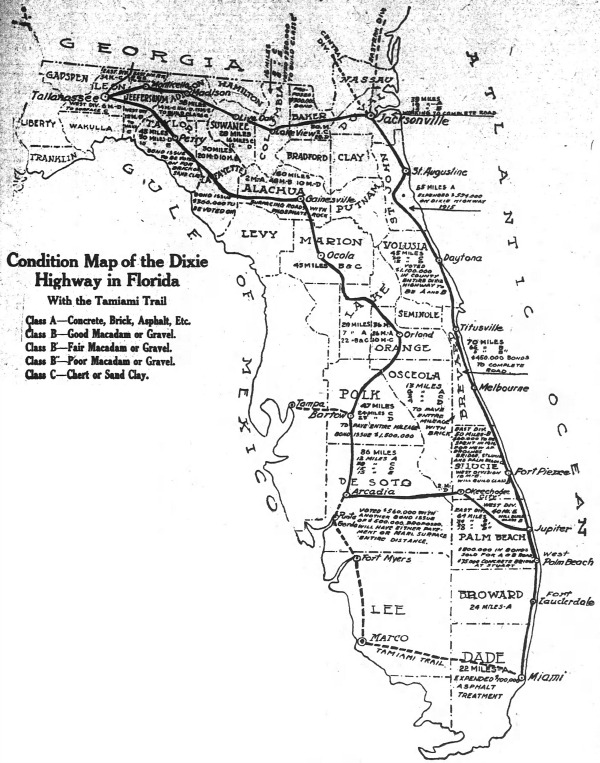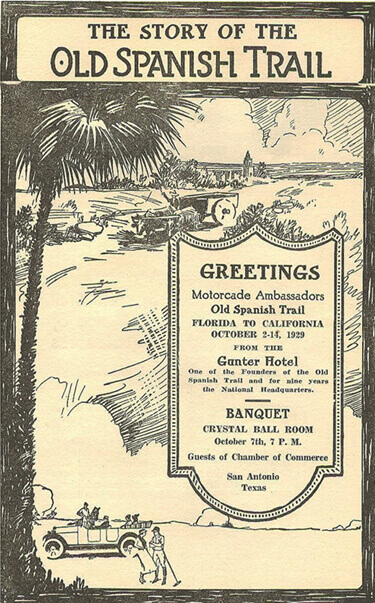- Home
- Florida Road Trips
- Old Spanish Trail
OLD SPANISH TRAIL
The Story of an Early American Automobile Highway
By Mike Miller Updated July 9, 2024
The Old Spanish Trail in this article is an early automobile highway built about 100 years ago. It is sometimes known by the initials OST.
It stretches 2,750 miles coast to coast all the way from St. Augustine, Florida to San Diego, California.
Along the way the route follows several different state and county versions of actual Spanish trails and trade routes.
One of these is the Old Spanish Historic Trail, a U.S. National Park. This 700 mile trail connects northern New Mexico to Southern California. Read more about this near the end of this article.
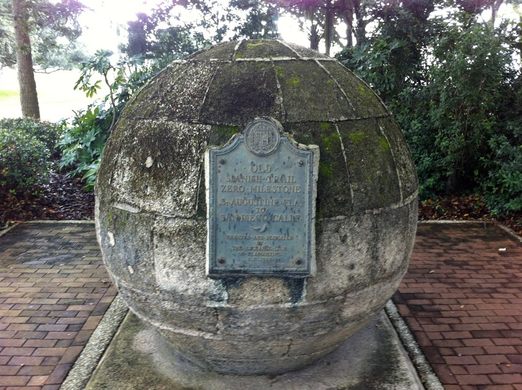 Zero Mile Marker in St. Augustine
Zero Mile Marker in St. AugustineThe Florida portion of the Old Spanish Trail follows the route of the authentic Spanish trail from St. Augustine to Pensacola and the southern Alabama state line.
HISTORY OF THE OLD SPANISH TRAIL
The Good Roads Movement was an organization started in the 1870s that began to crusade for local, state, and national governments to build paved roads.
The movement was led by bicyclists and agricultural interests that wanted to connect cities and small towns across the country.
With the increasing popularity of the automobile in the early 1900s, the Good Roads Movement was joined by several other private organizations to demand better roads.
LINCOLN AND DIXIE HIGHWAYS CAME FIRST
The first two major highways were inspired and spearheaded by Carl Fisher between 1913 and 1915.
First was the Lincoln Highway from Times Square in New York City to Lincoln Park in San Francisco in 1913.
Second was the Dixie Highway in 1915 from Canada through Chicago to Miami.
Fisher was an auto parts millionaire, the owner of the Indianapolis 500 Speedway, and the developer of Miami Beach.
He knew good roads were the key to bringing visitors and goods to rapidly developing south Florida. The Dixie Highway helped fuel the real estate boom of the 1920s.
THE IDEA FOR THE OLD SPANISH TRAIL IS BORN
At about the same time, a group of businessmen from San Antonio, Texas, began working on their project they named the Old Spanish Trail.
This group met weekly at the Gunter Hotel, and decided to lead the effort to build a coast to coast highway. They chose the name Old Spanish Trail because it sounded romantic.
These early promoters of the highway were fond of saying that the route had been used by the Spanish in the 1500s.
It makes a good story, but history does not confirm there was ever a continuous trail across America during the Spanish period.
There were, however, individual segments that had been used by Native Americans and Spanish in many states. One of the major segments was the route between St. Augustine and Pensacola.
When completed, the Old Spanish Trail traveled through 8 states and 67 counties along the southern border of the United States.
The national headquarters of the highway was in San Antonio, Texas for many years.
THE OLD SPANISH TRAIL IN FLORIDA
The trail in Florida was an authentic part of the original Spanish route from the 1500s between their settlements in St. Augustine and Pensacola.
The best way to experience the Old Spanish Trail in Florida is to generally follow the route of US-90 across the northern part of the state.
Sometimes the original route leaves US-90 and goes along local streets that were bypassed when US-90 was widened or rerouted over the years. Some of these local streets are designated as State Road 10A.
The trail passes through at least 21 old Florida towns on its route.
These include Pensacola, Milton, Crestview, DeFuniak Springs, Bonifay, Chipley, Marianna, Chattahoochee, Quincy, Tallahassee, Monticello, Madison, Live Oak, Lake City, Glen St. Mary, Macclenny, and Jacksonville, and St. Augustine.
Read more about these towns and cities at
A guide to the entire Florida to California route is at
You can also learn about the Old Spanish Trail that encompasses several routes in New Mexico, Colorado, Utah, Arizona, and California.
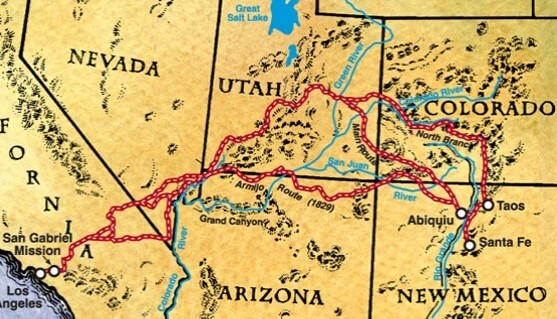
Information on these routes is at
Old Spanish Trail Association.
Our Facebook page has more than 130,800 followers who love off the beaten path Florida: towns, tourist attractions, maps, lodging, food, festivals, scenic road trips, day trips, history, culture, nostalgia, and more.
By Mike Miller, Copyright 2009-2025
Florida-Back-Roads-Travel.com
Florida Back Roads Travel is not affiliated with or endorsed by Backroads, a California-based tour operator which arranges and conducts travel programs throughout the world.
